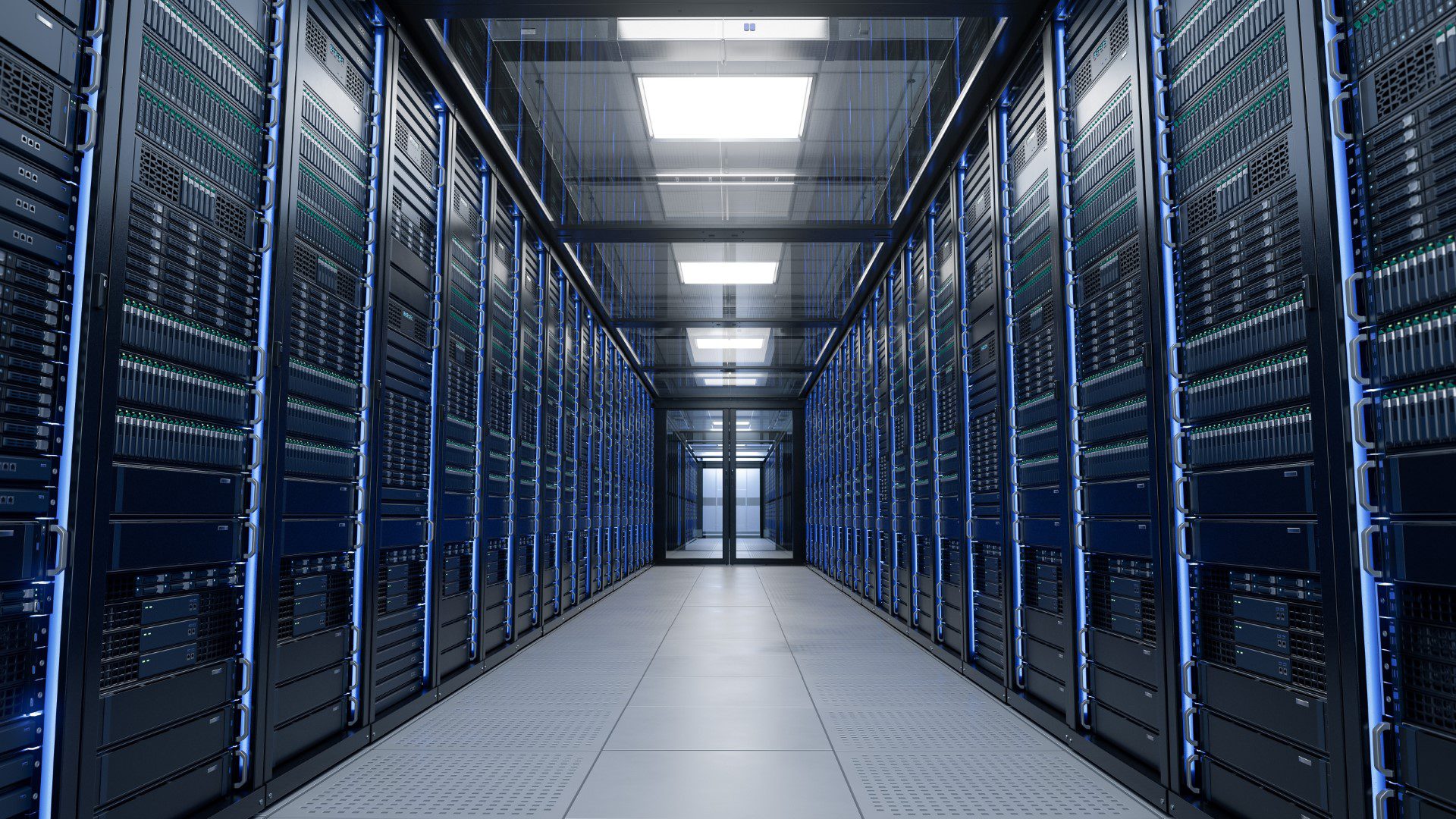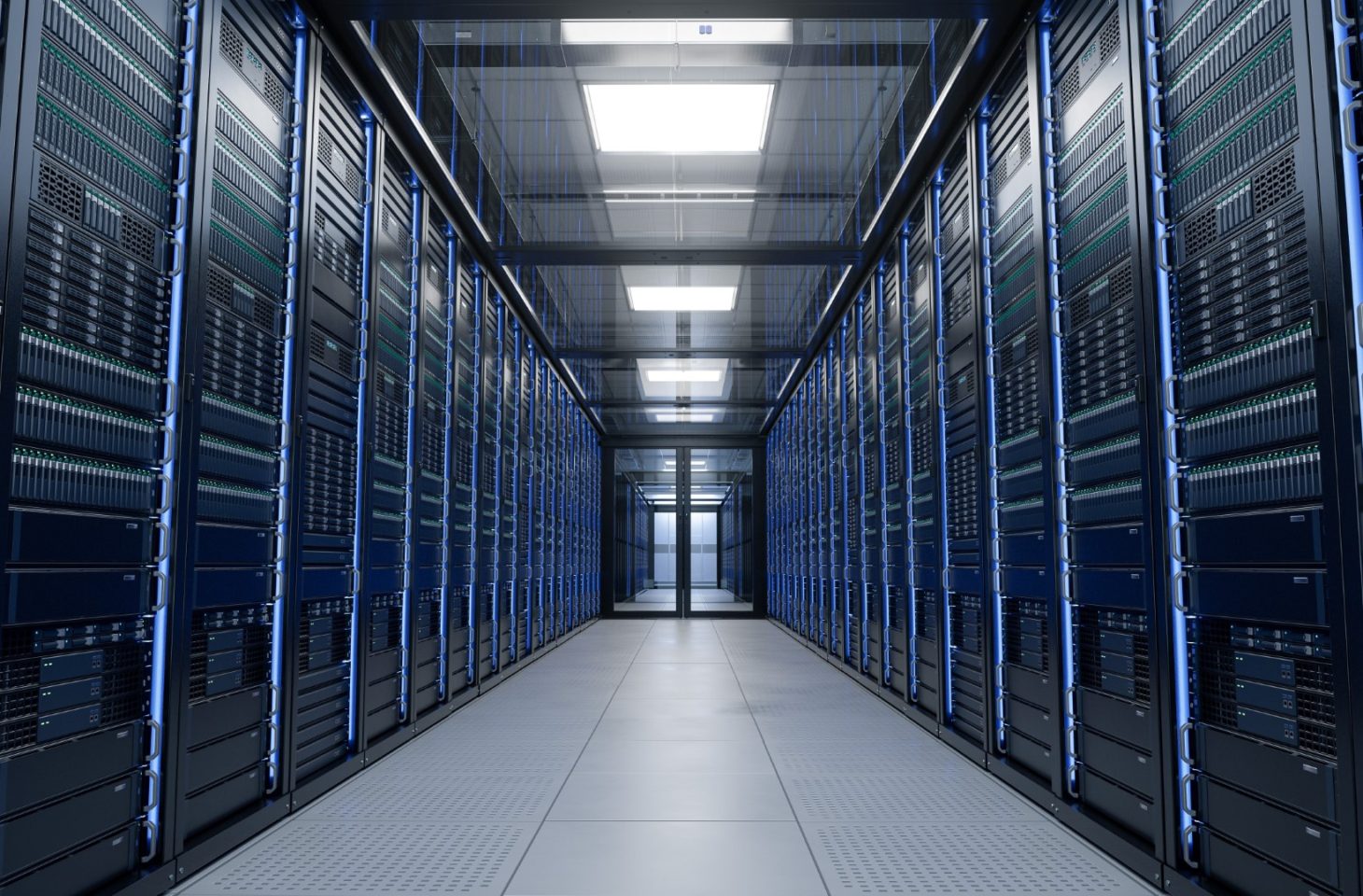How mainframes keep up with the times thanks to AI
- August 7, 2024
- 0
The role of mainframes is far from over in today’s IT landscape, but modernization is needed to keep them relevant. AI can help. The word “mainframe” doesn’t have
The role of mainframes is far from over in today’s IT landscape, but modernization is needed to keep them relevant. AI can help. The word “mainframe” doesn’t have


The role of mainframes is far from over in today’s IT landscape, but modernization is needed to keep them relevant. AI can help.
The word “mainframe” doesn’t have the hippest connotations. But these large computer boxes have played an important role in business-critical IT environments since the 1950s and continue to do so today. Around ten thousand mainframes are still in active use in large companies. According to various market studies, investments in mainframe technology continue to grow by seven percent annually.
Petra Goude comes to the same conclusion: Global Practice Leader for Core Pursue & zCloud at Kyndryl. The company, which was spun off from IBM in 2021, offers support services for mainframes. “There is a perception in the market that mainframes are disappearing, but the opposite is true. Mainframes have been around for sixty years. Top banks, telecommunications companies, the aerospace industry and the public sector: they all still use mainframes today.”
Goude has an explanation for why mainframes are still popular after all these years. “Many applications we use today were once developed for mainframes. Moreover, most mainframes still work very well. The infrastructure is well maintained and up to date. As long as an investment works, it is not interesting to make that investment again.”
Mainframes excel at workloads that require large amounts of data. A single mainframe can contain up to hundreds of server CPUs, dozens of terabytes of RAM, and petabytes of internal flash storage. The power lies not only in the computing capacity, but also in the high reliability and security that the mainframe offers. A single machine can quickly cost you hundreds of thousands to millions of euros.
Goude notes that there is a flip side to the coin. “We surveyed 500 organizations that use mainframes. Ninety percent said they want to keep mainframes, but companies are looking for ways to continue to get value from them. To do that, mainframe modernization is necessary.”
There is a perception in the market that mainframes are disappearing, but the opposite is true. Top banks, telecommunications companies, the aviation industry and the public sector all still use mainframes today.
Companies are sometimes forced to stay with mainframes. Transferring applications and data from mainframes is no easy task. While the hardware remains up to date, the software on mainframes is no longer up to date. The dominant programming language is Cobol, a language that most IT professionals no longer understand.
“The programming language itself is not the challenge, but the risk of not finding enough skills,” says Goude. “Developers are no longer trained to program in languages that are commonly used on mainframes. The old code is not compatible with new code, which makes it difficult to implement innovations. However, we should not stand still with the times: everyone who uses mainframes will have to think about modernization.”
“Our approach is to look at that workload for each workload and determine which platform is right for each workload and how an application behaves on it. We use three patterns. To “modernize”– or ‘drive off’As part of our strategy, we will examine which applications can remain on the mainframe and which can be better moved to the cloud without disrupting operations. The survey found that only one percent of companies want to do away with their mainframes completely.
“Most of the excitement currently revolves around the third way: integration. Here we look at how we can integrate data and applications on mainframes with the rest of the IT environment. It is important that the availability and security of the data is not compromised,” adds Goude.
Kyndryl believes AI can be the tool to bring mainframes into today’s IT era. Goude explains: “To modernize code, you first need to understand it. A lack of skills can be partially addressed with AI. Current AI coding tools convert code into natural language so that anyone can understand it. Now we are moving towards converting code on mainframes into more ‘modern’ programming languages.”
The love between mainframes and AI is not unconditional, warns Goude. “The introduction of GenAI creates opportunities, but also challenges related to data integration. Mainframes contain a lot of critical data. How can you use that for AI models without compromising your security?”
“AI has been around for a long time, but it is evolving every day. There are many possible use cases. We have already made great progress in integrating AI into the mainframe.”
The oldest mainframes may be approaching retirement age, but Goude doesn’t think they’re going away anytime soon. “The mainframe is here to stay,” she says without hesitation. “The technology will continue to be relevant for many of our customers. But the mainframe needs to be integrated into the rest of the IT environment to avoid the creation of silos.”
However, hyperscalers would not care if mainframes disappeared for good. Providers such as AWS and Google Cloud have launched tools in recent years to move workloads from mainframes to the public cloud. Goude puts this into perspective: “You can’t just remove all workloads from mainframes. We are working with Microsoft and AWS on joint solutions to integrate mainframes into the cloud. You could see this as an acknowledgement from the industry that mainframes are here to stay.”
“I believe in a balanced, hybrid future. The idea is not to keep everything on mainframes or move everything to the cloud, but to get the most out of all platforms,” concludes Goude.
You can’t simply remove all workloads from mainframes, but mainframes must be integrated into the rest of the IT environment.
Source: IT Daily
As an experienced journalist and author, Mary has been reporting on the latest news and trends for over 5 years. With a passion for uncovering the stories behind the headlines, Mary has earned a reputation as a trusted voice in the world of journalism. Her writing style is insightful, engaging and thought-provoking, as she takes a deep dive into the most pressing issues of our time.